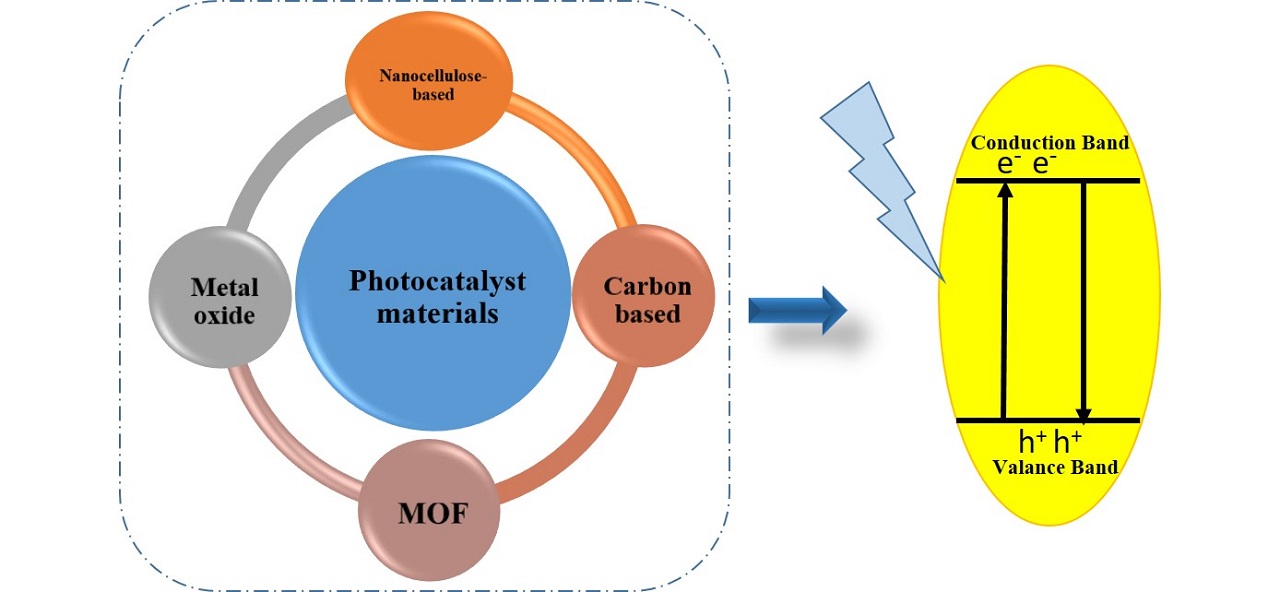State of the art review of photocatalytic water treatment
DOI:
https://doi.org/10.52547.jcc.5.1.7Keywords:
Photocatalysis, Water Treatment, Metal Oxides, Metal organic frameworks, Carbon Materials, NanocelluloseAbstract
Supplying clean water is a significant problem in contemporary societies. The rise of industrialization and urbanization, coupled with population growth have caused a shortage of clean water supplies, and the disparity between pure water demand and availability is expected to worsen. For this reason, the need to treat water impacted by emergent organic contaminants (EOCs) and inorganic pollutants has become a primary worldwide concern. The most promising approach for water treatment is the use of primary photocatalytic oxidation processes. The paper begins by outlining the issue of scarce water supplies and the many methods of purification, including photocatalysis using semiconductors like metal oxides, graphene oxides, and MOFs. Moreover, the articles also review published research on the application of these photocatalysts materials for the degradation of pollutants from water. Finally, the article provides an overview of photocatalytic water treatment technology, discussing the basic mechanism of photocatalysis and nanobased photocatalysts used for the degradation of organic pollutants in water and wastewater.

Published
How to Cite
Issue
Section
License
Copyright (c) 2023 The University of Georgia Publishing House (UGPH)

This work is licensed under a Creative Commons Attribution 4.0 International License.

